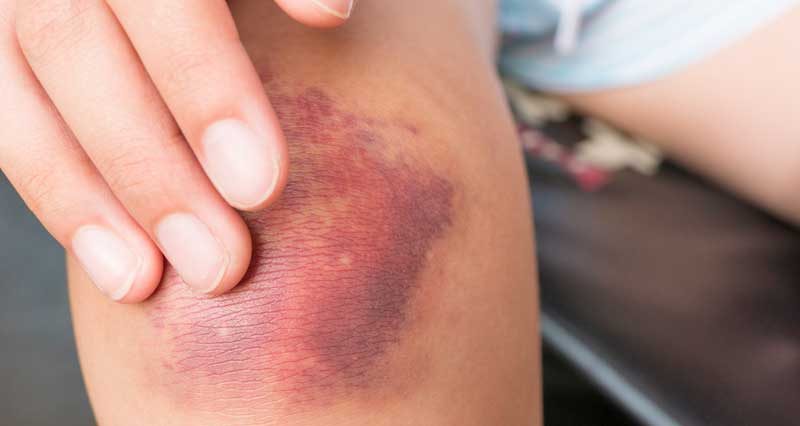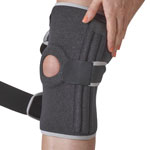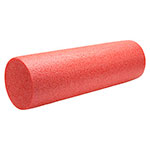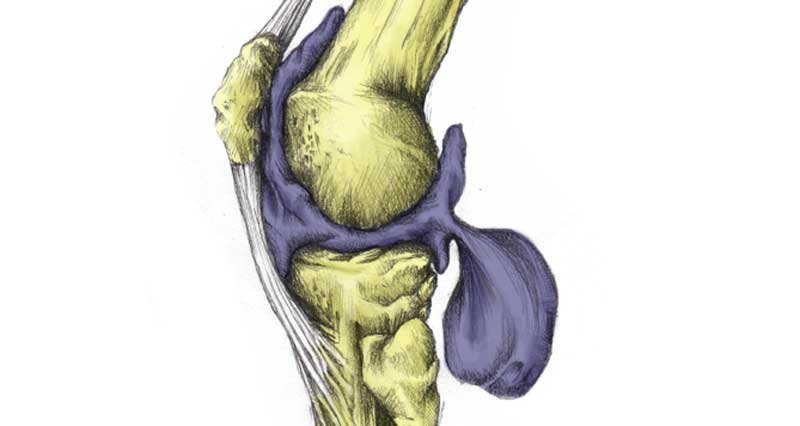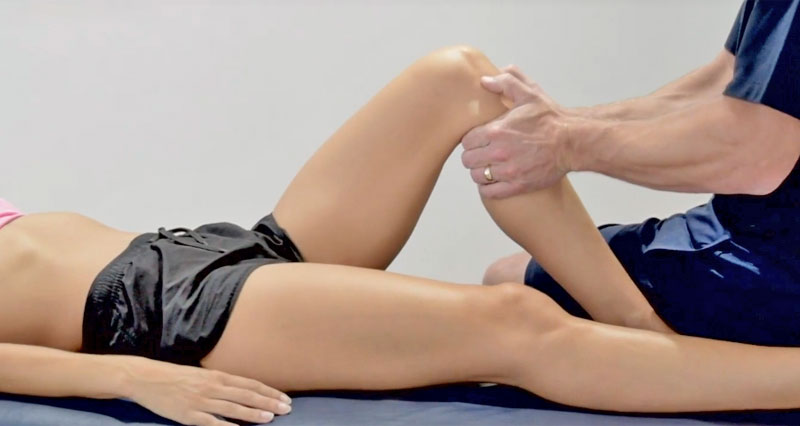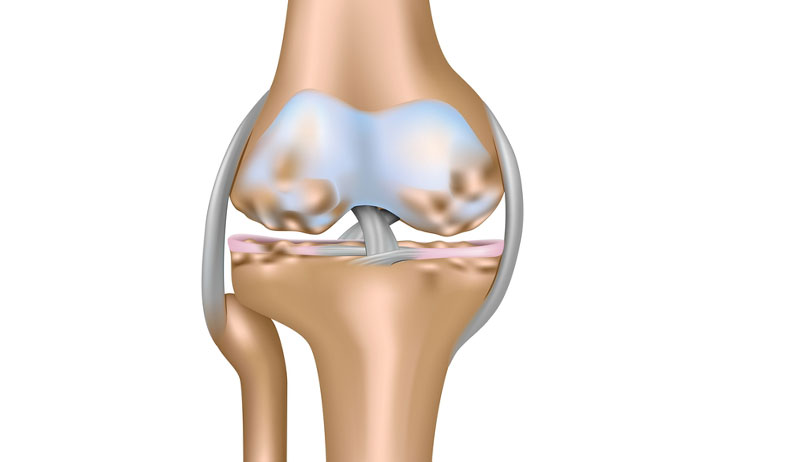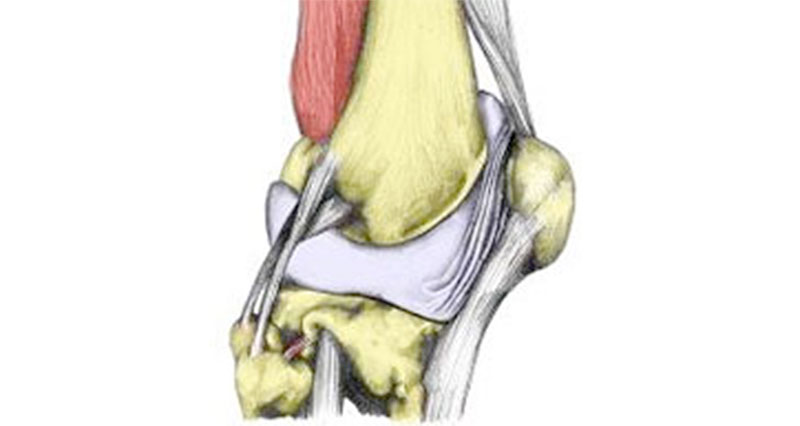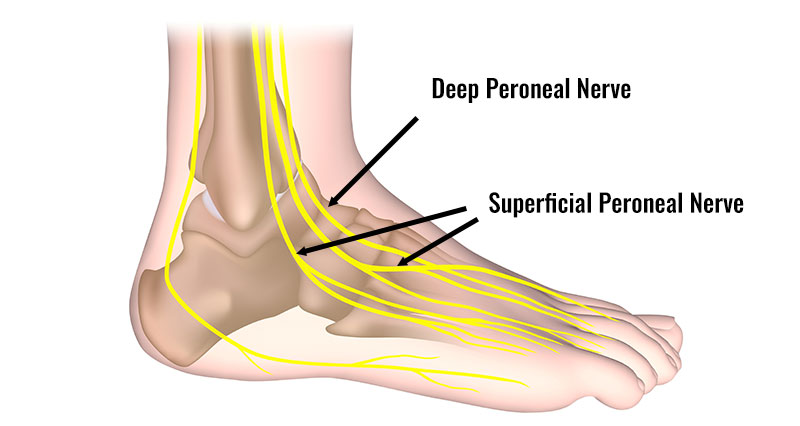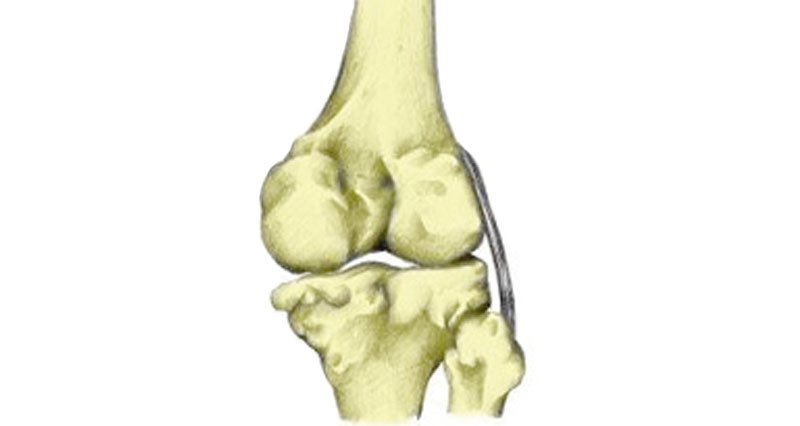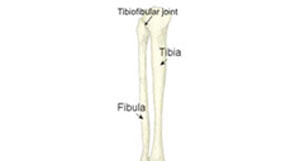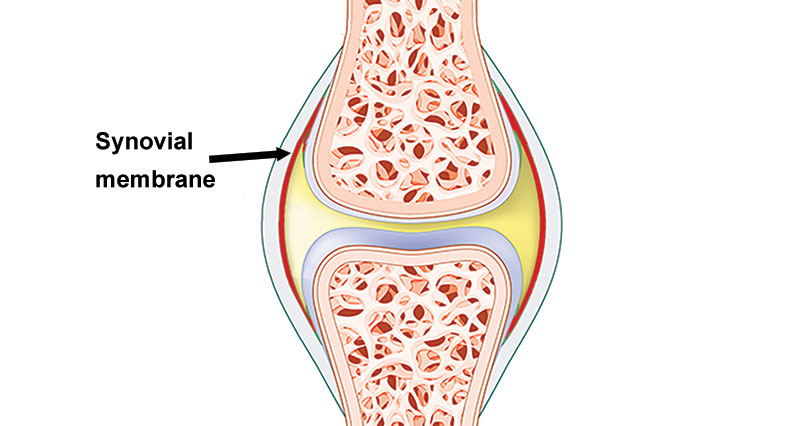A knee contusion or bruised knee results from a direct impact on the knee. This can be from falling directly onto the knee, or something hitting the knee, such as a ball or another player’s foot.
Medically reviewed by Dr Chaminda Goonetilleke, 8th Dec. 2021
Symptoms of a bruised knee
Symptoms of a bruised knee include:
- Instant pain at the time of injury.
- You may have some swelling on and around your knee.
- Bruising may develop over the following 24 hours. It will most likely change colour and start to fade after a few days.
- The injured area will be tender to touch.
If you have suffered a blow to the outside of your knee then you may experience numbness, pins, and needles in the lower leg. In this case, you may have a Peroneal nerve contusion.
What is a knee contusion?
A knee contusion is bruising caused by direct trauma to muscle, or bone. Whilst most bruised knees are not serious, a very hard impact may result in intense pain and difficulty moving the leg.
If this is the case, then medical attention should be sought as soon as possible to rule out other injuries such as:
Whilst bruising at the knee usually occurs following an impact injury, it may also occur following any kind of soft tissue damage. For example, a knee sprain (torn ligament), or a strain to a surrounding muscle or tendons (usually the hamstrings).
Bruising occurs due to damage to some of the smaller blood vessels within the injured tissue. The blood leaks into the surrounding tissues, resulting in a black or blue appearance under the skin. Bruising usually develops within 24 hours of an injury. This will then slowly fade, appearing yellow or green as the blood dissipates.
Treatment of knee contusions
Rest
A knee contusion that is considered mild or moderate should be rested. Do not continue to train or play if your knee is painful or bruised as this may increase internal bleeding and swelling.
Cold therapy & compression
Apply the PRICE principles of rest, ice, compression, and elevation. A cold therapy compression wrap is ideal. Ice can be applied for 10 to 15 minutes every hour initially reducing the frequency as symptoms reduce.
Monitor the bruising to ensure pain and the colour of the bruising decrease over the following days.
- Read more on the PRICE principles.
Never apply heat, or use sports massage after a contusion injury or bruise. This is likely to increase bleeding and may lead to Myositis Ossificans. This is where bone starts to grow within muscle tissue.
Exercises
Stretching and mobility exercises for the quads, hamstrings, groin, and calf muscles may be recommended if some movement is lost.
Massage
Sports massage may be beneficial in the later stages, to prepare the muscles for sport and flush out any residual blood clots and other waste products.
When should I see a doctor?
A severe knee contusion may require medical attention. A doctor will assess the injury and possibly diagnose more serious damage to the tissues and structures in the knee such as ligament or cartilage.
They may prescribe anti-inflammatory medications such as ibuprofen to reduce pain and swelling.
Ice should, of course, be applied as soon as possible and continued for at least the first 24 to 48 hours.
Generally, provided you have no other complications, a severe contusion is treated the same as a minor one, but the timescale for healing is much longer.
